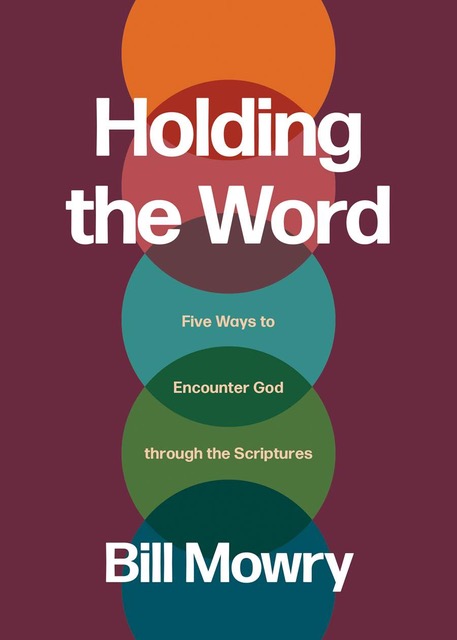Rule #1. Keep the conversation in the closet.
As leaders, we huddle together to discuss needs, challenges, and new initiatives. We do the research, talk a lot, and collectively come to a conclusion. We keep the conversation in the “closet” of our meetings. We’re excited but when we announce it to a congregation or ministry group all we hear is “crickets.”
When crickets happen, I quickly conclude that people “aren’t committed.” If I feel exceptionally spiritual, I frame the proposal with “The Lord led us to (fill in the blank).” “The Lord led us” is a guaranteed discussion closer; who can argue with the word of the Lord?
Leaders too often stay in the “closet” of their in-house discussions without seeking input from outsiders. If we stay in the closet we shouldn’t be surprised when people don’t applaud the decision when heard for the first time. We must get the conversation out of the “closet” sooner and invite people into the process with us.
The corollary to getting the conversation out of the closet is that the greater the participation the greater the ownership.
Rule #2. Change happens through announcement.
I help churches build cultures of disciplemaking. When leaders decide to get serious about the Great Commission, I can usually count on a common strategy — “I will preach on disciplemaking and announce the new program.”
Announcement is the unspoken rule for organizational change. We use the pulpit, a well-planned CEO/employee meeting, or an email or text to announce change. Somehow we think something magical happens through the announcement.
There’s a difference between hearing, understanding, and conviction. We hear things but it doesn’t mean it’s understood. I can “hear” a lecture on training dogs but that doesn’t mean I understand dog behavior. We need to communicate in ways that lead people to understanding. But understanding is not enough; we need conviction.
For example, I can understand how to train my dog but that doesn’t mean I can train my dog. I need more than information; I need dog training skills, repetition in applying the skills, feedback on my application, and the responsibility to actually train dogs.
True understanding comes when I embrace what I hear, make it my own, and begin to orient my actions and values around it. Now we’ve created conviction.
Announcements merely whet an audience’s appetite and set the direction. There’s no guarantee of understanding or conviction. Let’s break the rule that change happens through announcements.
Rule #3. Complexity is good.
How does complexity become something good? Complexity happens because we want to do things right; doing things right means being thorough; being thorough means creating all the steps possible to succeed. We codify our plans, create an admin chart, and plan a strategy for implementation. The plan is thought through but complex — and then we wonder why our plan isn’t embraced. We fail to realize that the greater the complexity the less likely it will be done.
Did you know that the vast majority of cell phones are returned because they’re too complex to be used? Our daily lives are riddled with complexity . . . and we wonder why we feel so stressed! How do you make things simple? One simple way is to keep the end-user in mind.
When I picture how people will use what I’ve created or who will participate in the program, I must ask questions like:
- What motives them?
- What are their daily routines like?
- What would motivate them to change their daily routines to___________?
AND NOW the best question, “Can they pass this on to others?” People do not pass-on complexity, but they will pass on simplicity. The greater the complexity the less likely it will be done. Rule breaking happens when we keep it simple.
Rule #4. Encourage standardization and a bigger policy manual.
As organizations grow, and a leader’s influence lessons, we engage the dynamic duo of standardization and regulation. We want to trust that our outcomes will be accomplished, and this duo will make it happen.
Standardization ensures that everyone will do it the same way keeping people “in line” to our purpose. When new problems arise, we create a new policy to address the problem. We trust our standards and our manuals for our outcomes.
There’s a downside to this rule. It takes time and manpower to police adherence to the manual. We also need time creating additional policies to deal with the exceptions. How do we break this rule of standardization and bigger manuals? We trust the accomplishment of our outcomes to quality training.
If we’ve trained people well, we trust what they will do when we, and the policy manual, are absent. However, training takes time; its slower than enforcing a manual. The upside is that I can trust and release well-trained people to do their best rather than controlling them through endless regulations. How do we train for trust?
- Keep the purpose clear and simple.
- Provide the necessary skill training, observation, and feedback.
- Encourage thoughtful application of values rather than rigid behavior.
- Teach people to self-evaluate and to think on their own. Skill training is good for the expected but the ability to adjust and think is necessary for the unexpected.
Be a rule breaking leader this week and replace these four rules with some new ones:
- Get the conversation out of the closet.
- Keep it simple.
- Aim for understanding and conviction.
- Build trust through training.
Who’s up to break a few rules?



Leave a Reply